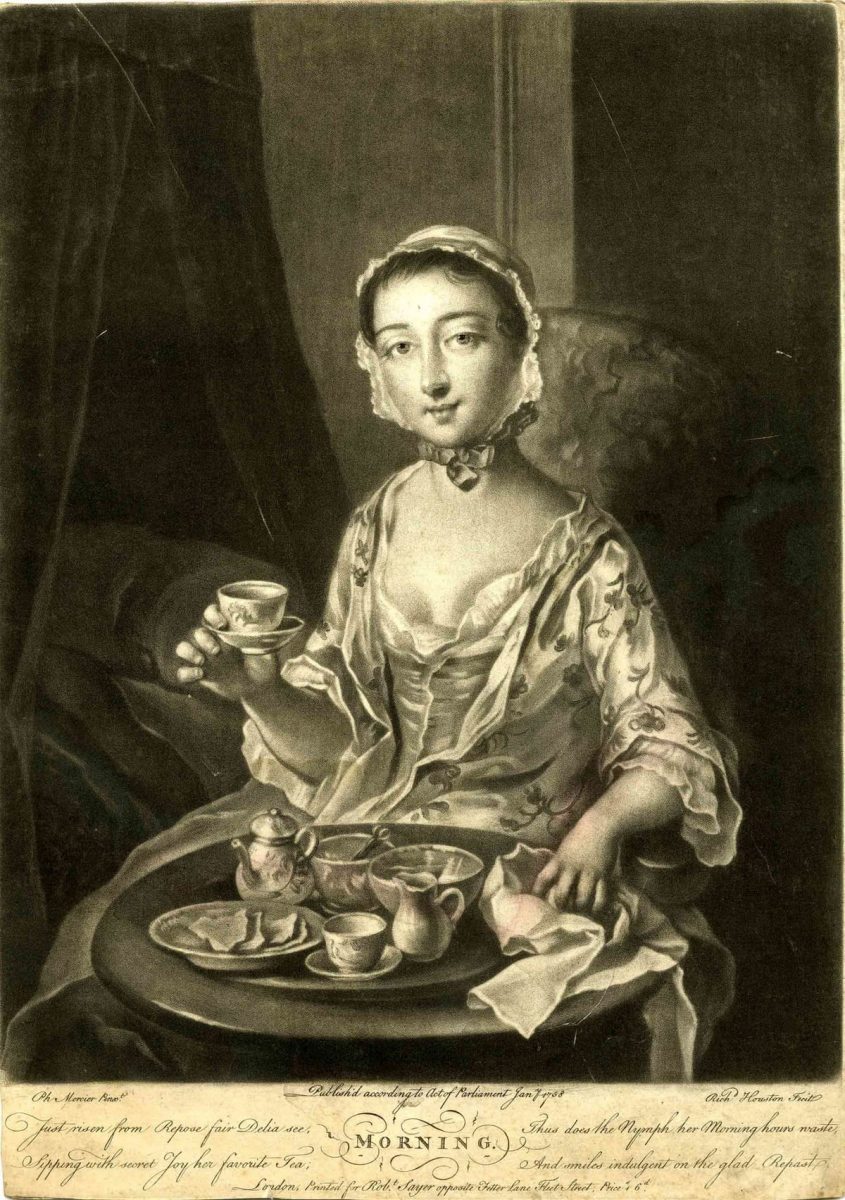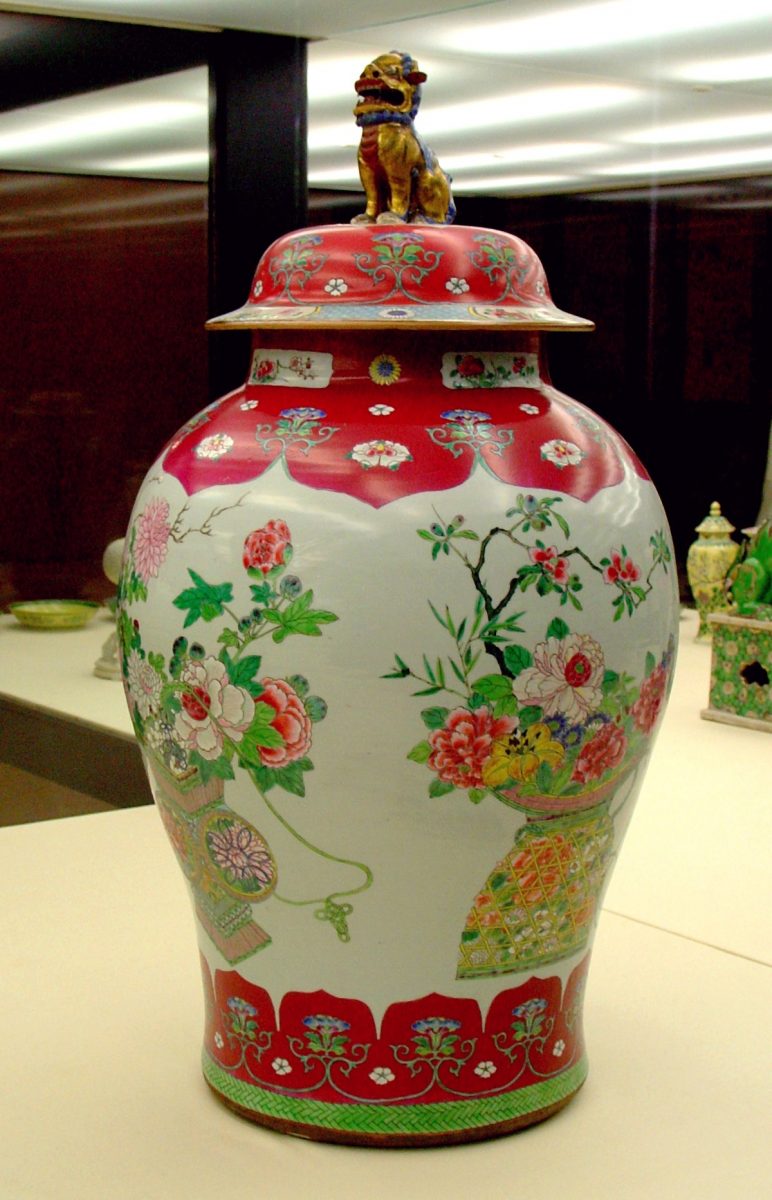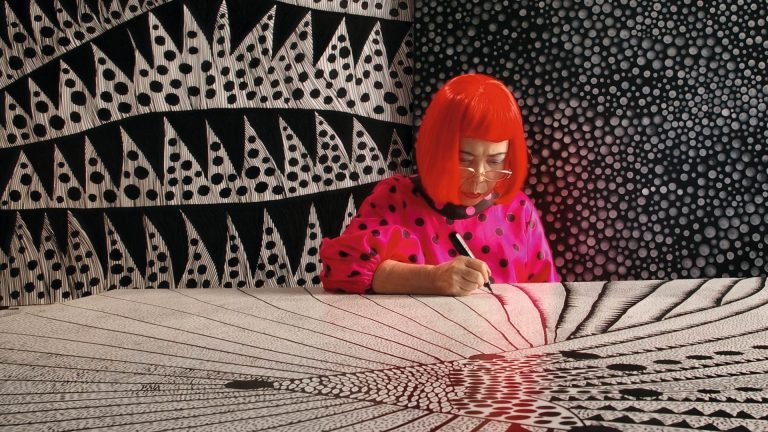Along with silk and tea, porcelain has been a source of wealth for China since ancient times, and for the world – a luxury available only to a few.
Because of its value – the secret of porcelain was protected as well as the secret of silk production – its origins are covered with legends. Sometimes because of confusion there is a statement that porcelain in China appeared in the Eastern Han Kingdom around 206 A.D. – it is, of course, a legend. In the Han Empire, kaolin was used for ceramics for the first time, and the skull was made white, but in its properties it was not porcelain, it was proto fayans. Porcelain and faience are similar in composition: kaolin, feldspar and quartz. However, it took centuries before these minerals were able to create a material, white as snow, thin as paper and durable as metal, which became the legendary porcelain.
Porcelain differs from all other ceramics by its strength, permeability for light and impermeability for water and gas, and hitting with a wooden stick makes a clear sound.

For the history of porcelain, the Han times are very important – then the territory of the empire, especially the counties of Xingping and Fuliang, became the centres of production of white ceramics. The name of the special type of white clay, Kaolin, comes from the name of the local mountains Gaolin. To this day, despite almost two thousand years of development, China has the richest deposits of kaolin clay.
There were other centres for the production of high-quality ceramics. On the Yangtze River vessels were made, which were covered with glazes with iron oxides, giving greenish-blue shades, reminiscent of the colour of sacred jade (in Europe these works were called «celadon»).
The active development of ceramics took place during the Tang period (618-907), when the Great Silk Road appeared, the court culture developed, of which the feasts and tea ceremony became an integral part. Although after the Battle of Talas in 751 the Tang Empire lost control of the Great Silk Road, the flow of goods through it to Byzantium, the Middle East and Central Asia increased. Beautiful dishes were also delivered on it. During the Tang era, there was active maritime trade with Japan.
Truth or fiction?

In 851, an Oriental traveller named Suleiman, who had visited the Tang Empire, recalled: “They have a very thin clay from which vases are made. They are transparent as glass, through them you can see water». Perhaps already in the IX century Chinese masters were able to get the so-called «bone porcelain», experimenting with additives – ash from burned egg shells and fish scales.
But most likely it is the same legend as «porcelain Tea», created during the period of turmoil after the collapse of the Tang Empire. According to the «Historical Notes» of the Minsk historian Cao Zhao, Emperor Zhou Shi Zong, the last ruler of the Five Dynasties (907-960), who before his adoption by the previous ruler Guo Wei was named Chai Rong, demanded the production of porcelain «as the sky after rain». And such ceramic supposedly was created. There are mentions that «a piece of porcelain Tea is worth more than a gold ingot». But there’s no real evidence. This is explained by the fact that after the overthrow of Zhou Shi Zong, the new ruler destroyed everything to erase the memory of the previous dynasty.
Bone porcelain may have existed, but it is not preserved – it is still quite fragile material, it does not withstand pressure, can crack from high temperature. In the 18th century, in England, where they first learned to produce only bone porcelain, they began to cool the tea by adding milk.
The Song Empire, founded in 960, was able to unite lands from Tibet to the coast by the 12th century. In a centralised state, thanks to the development of agriculture, the population has doubled, to 200 million people. This led to the development of towns and crafts. A sharp technological leap occurred in ceramics, especially since its production has always been under the special control of emperors.
“Dragon Furnace”

Around the 11th century a new kiln design was developed. On the hill, a brick tunnel was built (from 15 m long, 2-3 wide and two high) to ensure a natural height difference and traction. The fire was set at the bottom, laying a huge amount of wood in the furnace (dragon’s tail). The hot air came up the exit wound at the top (in the dragon’s head). Special openings were made in the walls of the tunnel to load the firing objects, and in the vault to reinforce the traction. By opening and closing them, it was also possible to achieve different chemical reactions that colored the glaze in different colours. “Dragon Furnace” allowed to reach a firing temperature of 1,400 degrees, which made porcelain possible.
In the territory of Changnan, known since the Han period, the Zheng Zong Emperor (1023-1063) ordered the laying of two furnaces that produced porcelain for the needs of the court. On each product it was indicated – «was produced during the Jingde period» (ie «brilliant and graceful»). The village where it happened is called Jingdezhen. White porcelain mass did not require colored glaze, and its products were decorated with cobalt, a very expensive pigment shipped by sea from Java or Sumatra.
In Jingdezhen, they obtained the thinnest translucent porcelain. Kaolin (porcelain stone) was grinded to a powder state, mixed with water into a doughy mass and left to ripen. Then they added spar and quartz and beat to «collapse» all pores. That is how products got special strength and water resistance.
Production centres in Henan and Hubei also received new life with improved technology. They were located near Kaifeng, the capital of the Song Empire. As terracotta was produced here, in some cases faience, special attention was paid to glaze work. In the reign of Emperor Hui Zong (1100-1126), the poet, philosopher and artist, in Zhuzhou District was «recreated» (rather created) the secret of «Chay». The Zhu Pech (Zhu-yao) also belonged to the court. The products created during the Hui Zong era became the embodiment of Taoist aesthetics, the concept of “Heavenly Purity”. Soft and perfect in its simplicity shape, amazing shades of celadon glaze. Applied in 4-10 layers, it possessed unusual spillovers with a game of shades. The masters specially achieved the effect of crackle (web of cracks), or «crab shell». Similar products were made in Guan County (Guan Yao), where the craftsmen applied their special technique: because of the increased oxygen access, oxidation of the upper edge was intensified, and the bowl formed a «brown mouth». The Imperial Furnace of Zhu and Guan produced mainly vessels for rituals.

A network of kilns and workshops has been established in Longquan County. Kaolin was also used there, and Lunquan’s products can be attributed to faience and semi-porcelain. In the Song era, Longquan furnaces produced objects of predominantly white and light green colours, covered with matte smoky blue glaze with a mesh of large dark lines, they had a «brown mouth» like the Guan-yao porcelain. Another type of Longquan objects was characterised by deep blue and emerald glaze colours, and the famous «green plum» – meizi-qing.
Hui Zong’s reign was a time of flourishing culture, but his fascination with science and the arts and his complete removal from power had unfortunate consequences. As a result of an attack by the Jurchen tribes, who created their own state, the northern part of the Song Empire and the Emperor were captured. Only one of his sons was able to organise a defence and preserve part of the empire, moving the capital to the south. Production in Zhu and Guan was destroyed, technology lost. Today, only about 70 items of Zhu-yao ceramics remain in the world.
In the XX century, they were able to recreate the secret of glaze and roasting. However, ceramic still differs from the ancient with its thickness. One of the outstanding recent events is the rise of the Nanhai ship in 2019. It is notable for carrying rare Song ceramics.
Among other features of porcelain is its resistance to seawater. Ceramics may flake off the glaze. In porcelain firing it is very well fused with the base. If you find sunken junks (e.g. the junk «Lena») or Portuguese ships, Chinese porcelain looks like it just came out of the oven. The practice of lifting sunken vessels in the past has led to the fact that individual samples began to appear on the modern antiquarian market. However, given the level of forgery, you have to be very careful.

During the Mongol conquest of China, completed by Genghis Khan’s grandson Kublai, the country was plundered and destroyed. But as the Mongols did not leave, but established their power and formed the Yuan Empire (1271-1368), the question of economic recovery arose. Of course, the death and flight of the masters, the destruction of the furnaces significantly reduced production. Many centres never recovered. However, due to its special status and value, the destruction did not affect Jingdezhen. Already in the early 1280s, the «Fuliang Porcelain Authority» was formed, the public authority that controlled Jingdezhen workshops. There are many small industries around. There were built not only «furnaces of the dragon», but also oval, smaller size. They could not be heated to the highest temperatures, but provided more uniform firing.
Blue and white china
During the Yuan era, the main styles of painting developed, and the subglassy cobalt painting was actively developed. New stable forms appeared. In many ways it was also the result of conquest. Since virtually all the land part of the Great Silk Road to the borders of Byzantium was under the control of the Mongols. During this time, intercultural exchanges are intensified. For example, from the traditional forms of Iranian dishes come large flat dishes and the shapes of pitchers and vases – a teardrop and «head of garlic», the pitchers are actively distributed. But there was also the reverse influence of traditional Chinese forms, and the decor developed here later became a tradition of many Arab countries. They were repeated by ceramics from Iran and Turkey.
Jindazhen used red-brown pigments based on copper and iron oxides, but blue cobalt was the most valued. The technical features of Yuan era products reflected the fact that during this period the masters had not yet learned to prevent the penetration of cobalt into the frosting glaze, which could make the contour vague.
The fenghuaci painting is a pink flower, quite large motifs with floral decor, often a peony flower. The Qinghuais a cobalt painting, predominantly plant. But could meet images of animals and dragons in the central field.

The Qinghua style has its own direction: qinghuaci – larger motives and Qinghonglinglong – smaller flowers. This décor most corresponded to the tastes of Islamic countries.
Since the discovery of their own cobalt deposits, they sometimes covered the entire vase, and the image was created by the reserve itself (this is the name of the non-pigmented surface of ceramic and porcelain products).
The Botai are pure white china. With the return of attention to the porcelain mass, its quality, by the end of the Yuan era a special type of products emerged, they are still called «linlun» (rice grains). To obtain openwork and light objects, the craftsman after forming manually cut the walls and made small through holes in them. Then the objects were painted and covered with glazes. When roasting, the glaze filled the holes in the form of transparent glass. Sometimes, where it does not interfere with functional use, the holes were left through. For a long time, similar utensils were supplied only to the court.
In the Ming era (1368-1644), the peak of mediaeval China, the old styles are canonically embodied. Ten furnaces were already working at the Imperial factory. The number of non-state enterprises was also growing. Blue and white Jingdezhen porcelain was exported to Europe.

An even more export-oriented and European-flavoured orientation manifested itself in the subsequent Qing era (1644-1912). By this point in Europe the porcelain fever began, finally covering all European courts by the 18th century. The Minsk porcelain was imitated by the Delft Faience in Holland and the Gzhel Ceramics in Russia.
Multicoloured china
Under the Kangxi Emperor (1661-1722), an important task was to restore production destroyed by the civil war that marked the end of the Ming dynasty. In addition, it was necessary to start developing new kaolin deposits as the old ones dried up. The emperor made great efforts not only to revive porcelain, but to revive it at a new level. The new Imperial porcelain factory consisted of twenty large stoves.

In addition to the repetition of the Minsk Things, the Kangxi Emperor actively developed the surface-glazing painting in several stages. It took place after the main firing at lower temperatures (though it did not have the resistance of the sub-glassy). But Chinese porcelain had many colours. Artists used different colours. But by the predominance of one of them in the gamma there was a division into «families» – yellow, green, black. In response to European requests, items with Christian themes appeared, kits with coats of arms and monograms could be made to order. Then began to appear large interior vases, which decorated the special porcelain offices in the royal residences. Under the next Emperor Yongzheng, a beautiful pink glaze appeared, and the «pink family» became the most popular, most fitting the taste of the Rococo era.
Unfortunately, the popularity of Chinese porcelain in Europe has had negative results. In an effort to meet the increased demand, enterprising merchants bought underwear (as the porcelain industry refers to as non-painted products) in Jingdezhen, often of inferior quality, and organised painting directly in port cities. Of course, it was performed by low-skilled artists working on the model. High-quality porcelain could not compete with this mass production, which swept across the European market. But by then, Europe had already started producing its own porcelain. This led European collectors to prefer porcelain to Japan and Korea in the 19th century.

Photo: en.wikipedia.org; metmuseum.org


